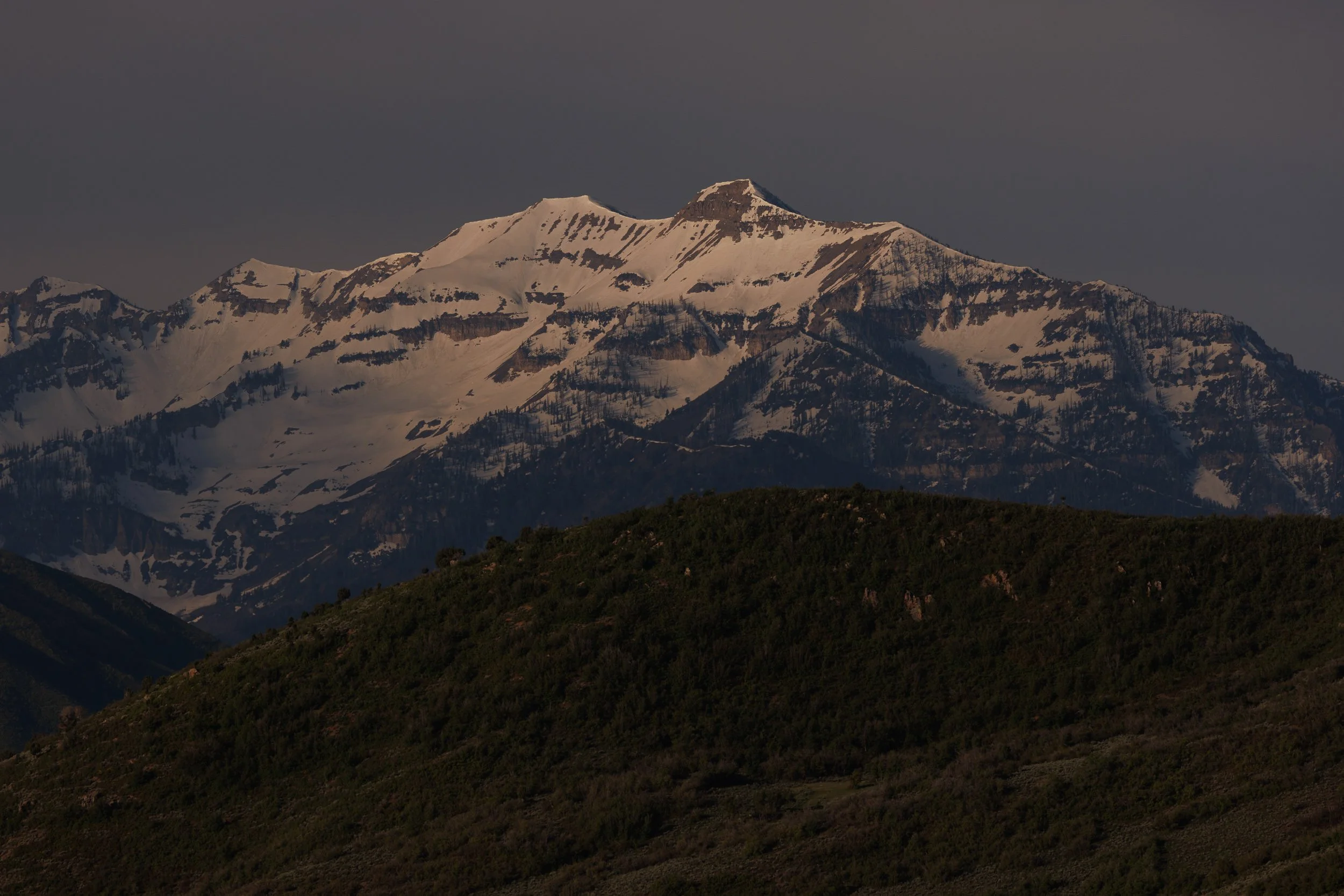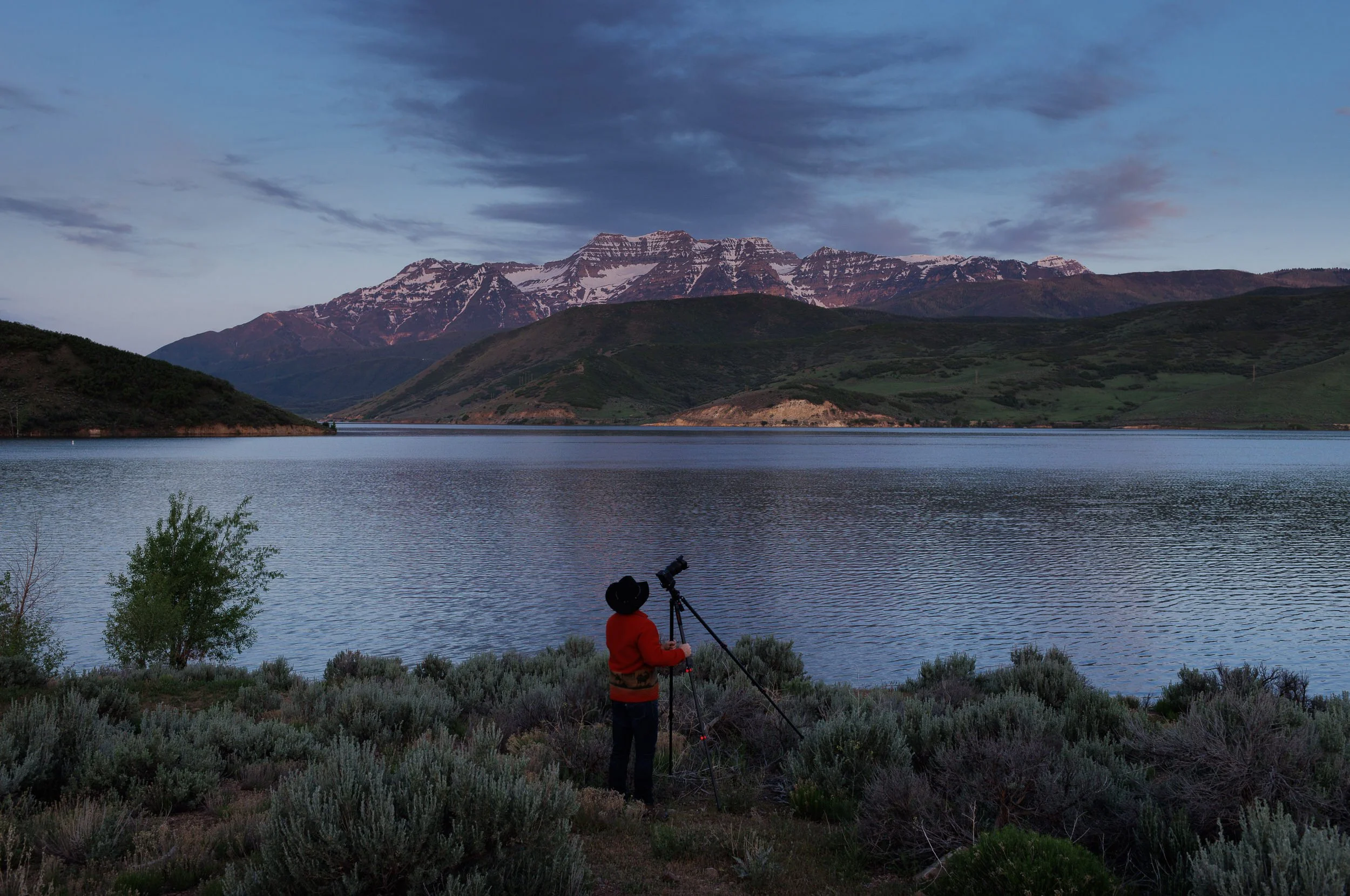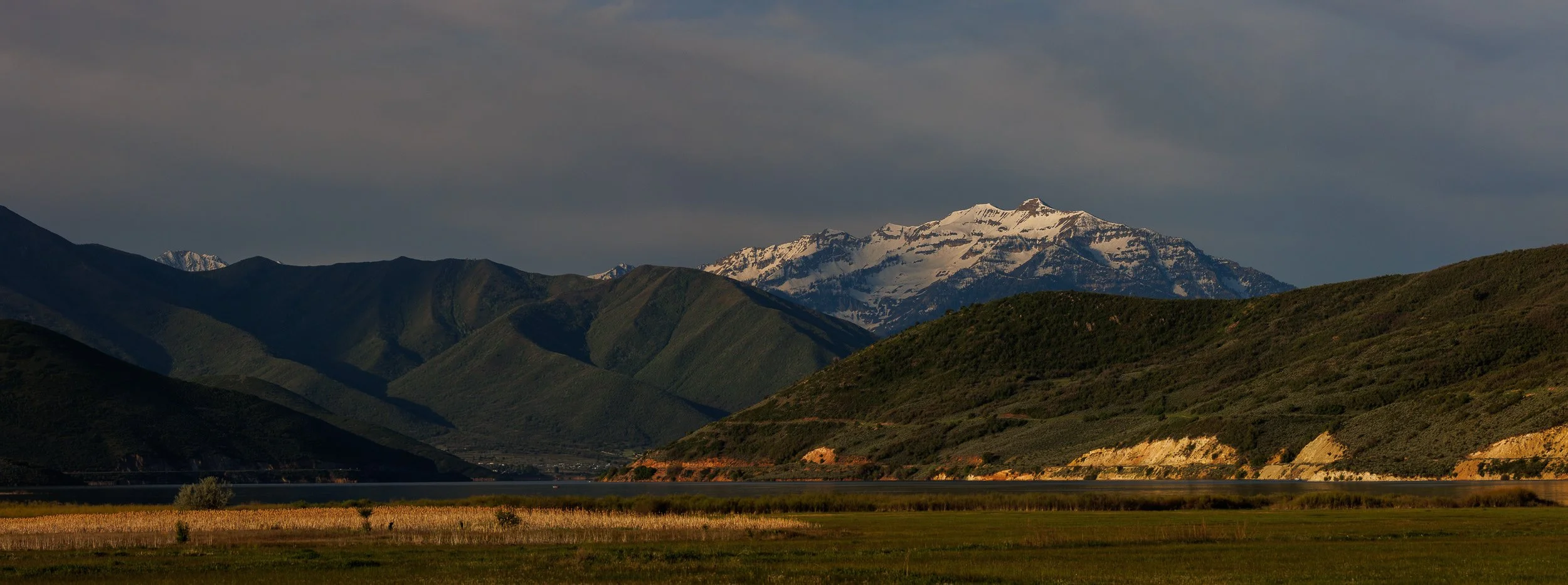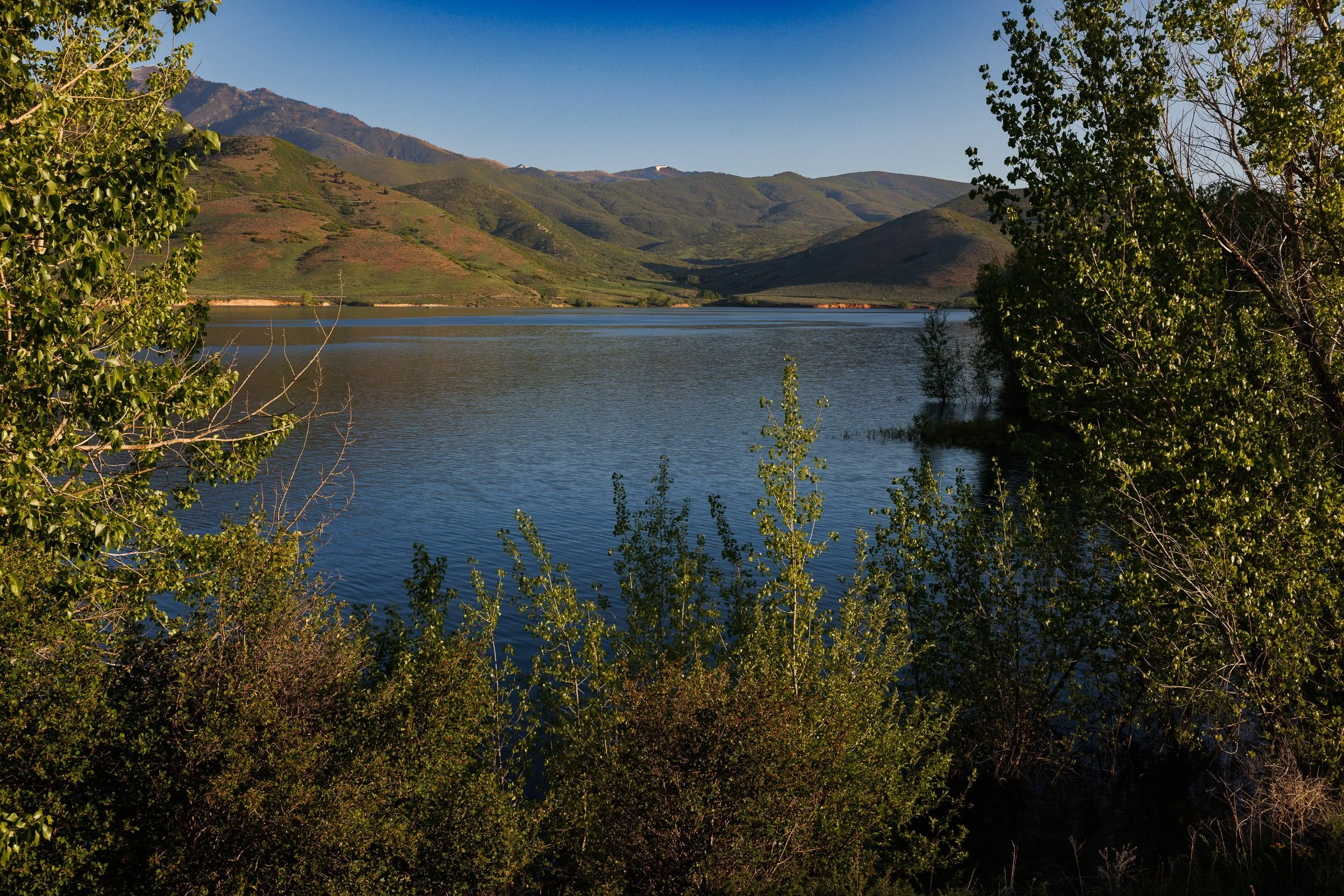Mount Timpanogos
Wasatch County, Utah
Travel Fee: $85
Features: Mount Timpanogos, lake meadow, railroad tracks, green grass
Located in Wasatch County, Utah
I stumbled upon this spot after investing significant time and effort in my mountain explorations. I choose to reveal this place exclusively to those who schedule a portrait session with me. Please understand that I’m unable to offer additional details about specific photo locations or hiking routes beyond what’s already shared on this website.
Videos on YouTube that showcase this location: One
Mount Timpanogos, the second-highest peak in Utah's Wasatch Range, stands as both a natural wonder and a site of deep cultural significance. Towering over Utah Valley at 11,752 feet, this iconic mountain has long been a sacred place for Indigenous peoples, particularly the Timpanogos band of the Ute Tribe, from whom the mountain takes its name.
For the Timpanogos and other Native American groups such as the Shoshone and Paiute, Mount Timpanogos was far more than just a physical landmark, it was part of their spiritual and everyday life. The mountain and its surrounding canyons provided seasonal hunting grounds, fresh water from snow-fed springs, medicinal plants, and sacred sites for ceremony and storytelling. Its alpine meadows, forests, and caves were woven into oral histories and creation stories passed down for generations.
One of the most well-known stories associated with the mountain is the Legend of Timpanogos, a tale that has evolved through both Native American oral tradition and romanticized settler interpretations. In one version of the legend, a young Ute woman named Utahna sacrifices herself by jumping into a glacier-fed cave atop the mountain to save her people from drought. Her spirit is said to have merged with that of her lover, a warrior from another tribe, and together they became part of the mountain itself—her body forming its silhouette, her heart resting in the glacier now known as Timpanogos Glacier.
While aspects of the legend have been dramatized and changed over time, especially by early 20th-century writers and historians, its origin is rooted in Indigenous storytelling, expressing themes of love, sacrifice, and the sacred connection between people and the land.










